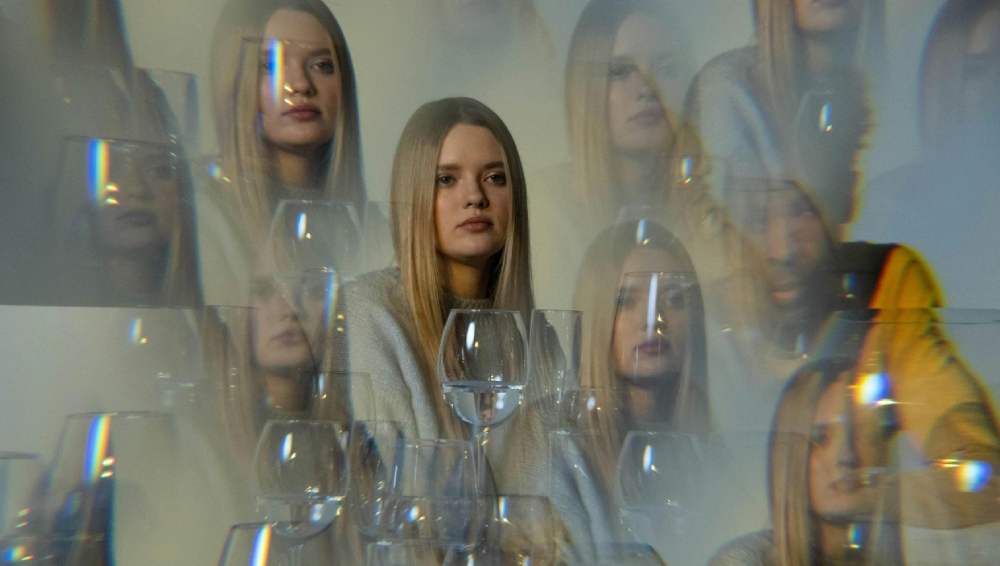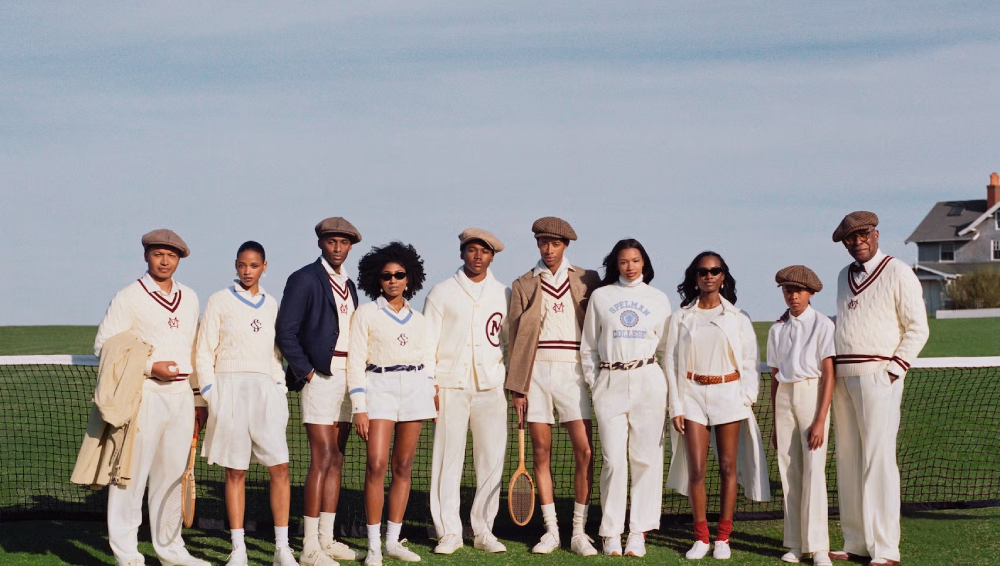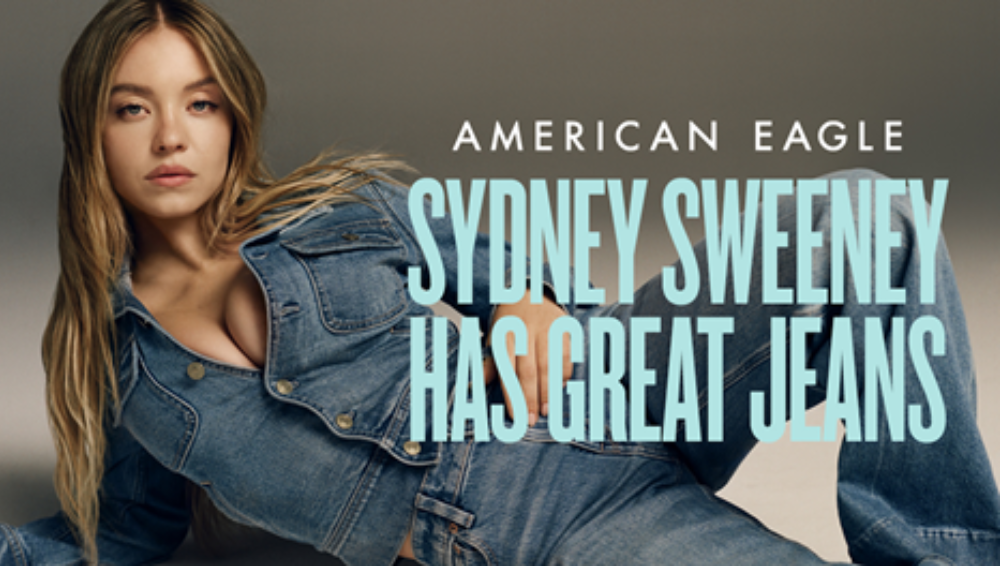
The Illusion of Universal Appeal: Why Not Everything Should Speak to Everyone
- Category MarCom
- Date 01/08/2025
- Published on LinkedIn
As digital platforms flatten hierarchies of expertise and aesthetics, there’s an increasing cultural impulse to demand that all public-facing content—whether informational, commercial, or artistic—be immediately legible, inclusive, and acceptable to all audiences. What began as a necessary corrective to structural exclusion has, in some cases, transformed into an expectation that all creators, experts, and brands offer universal validation.
This phenomenon manifests in two primary areas: first, in the backlash against non-traditional figures sharing insights in domains historically reserved for certified professionals; and second, in the insistence that legacy brands, particularly in the fashion and lifestyle sectors, provide representation that mirrors every cultural experience. While rooted in important conversations about access and identity, both impulses risk oversimplifying complex dynamics of legitimacy and intent. In doing so, they flatten creative and intellectual ecosystems that depend, by nature, on differentiation and segmentation.
The Rise of the Non-Expert: Platformed Legitimacy and the New Public Authority
The past decade has seen a dramatic shift in how expertise is defined and disseminated. Where once authority in fields like psychology, music, or health was mediated through institutions, today much of that discourse occurs on social platforms—spaces that reward clarity, relatability, and cultural fluency over credentialed rigor.This shift has generated inevitable friction. Consider the recent public tension between Twitch streamer Kai Cenat and renowned music critic Anthony Fantano. Cenat, one of the most influential Gen Z creators, often shares spontaneous reactions to new music—immediate, emotional, and conversational. Fantano, known for his structured, analytic reviews and deep knowledge of genre history, took issue with the cultural dominance of commentary that, in his view, lacks depth and critical framing. In his response, Fantano voiced a broader concern: that digital culture now privileges personality over perspective, popularity over process.
But this framing obscures an important nuance. Cenat does not claim to be a theorist. His legitimacy stems from cultural proximity—his ability to interpret music as it’s lived and felt by his generation. His work speaks to affect and resonance, not to theory or critique. Fantano, conversely, speaks to tradition, context, and discursive depth. Both are valid. But they function on different levels of the cultural landscape.
The key issue here is not whether creators should be allowed to operate in traditionally expert domains—they already do, and audiences respond to them. The issue is whether the public is capable of consuming content with critical awareness. Platform culture has changed not only who speaks but how we listen. The burden of discernment has shifted from gatekeepers to consumers, and many are still catching up.
Representation Without Reimagination: The Limits of Inclusive Aesthetics
A parallel tension is playing out in the world of commercial representation, particularly within luxury fashion and branding. While the industry has made strides in diversifying its cast of models and ambassadors, these gestures are often met with ambivalence. The core issue isn’t necessarily who is featured, but how they are positioned—and whether the frameworks themselves have meaningfully changed.
A recent Ralph Lauren campaign featuring Black models clad in the brand’s signature prep-school style—navy blazers, khakis, oxford shirts—offers a case in point. While the casting was more racially diverse than the brand’s historic norm, the visual grammar remained intact: white-walled estates, Ivy League motifs, an aesthetic lineage rooted in WASP elitism.
In a critical response, YouTuber King of Reads articulated what many viewers felt but couldn’t quite name: that inserting Black bodies into a systemically white fashion code, without reinterpreting that code, risks symbolic assimilation rather than genuine inclusion. It’s the visual equivalent of allowing someone into the room, but refusing to let them move the furniture.
This raises a difficult but necessary question: is it enough to diversify the cast, or must we also diversify the canon?
To be clear, not every brand should—or can—represent every identity. Luxury brands, by definition, trade on exclusivity. Their appeal lies in curation, not universality. And yet, when legacy brands attempt to retrofit inclusivity into aesthetics built on historical exclusion, the result is often a dissonance that audiences instinctively recognize as hollow.
The more productive path is not to force inclusion into outdated visual narratives, but to build new ones. Black designers and artists are already doing this—constructing luxury aesthetics that emerge from their own cultural legacies, not borrowed codes. Rather than asking legacy brands to accommodate every story, we should invest in new brands that begin from different premises entirely.
Discernment, Not Demand
The underlying issue in both of these cultural tensions is a collective discomfort with specificity. We’ve come to equate representation with universality, and legitimacy with credentials. But specificity—of voice, of target audience, of aesthetic—has always been foundational to meaningful expression. It is not exclusionary to acknowledge that not every message is meant for every consumer.There is, of course, a line. Brands like Abercrombie & Fitch or American Eagle, whose histories include intentional erasure and race-coded messaging, cannot defend their actions under the guise of niche marketing. When representation is absent by design, critique is not only fair—it’s necessary. Likewise, attempts at inclusion that rely on empty symbolism, like Pepsi’s infamous Kendall Jenner ad, insult the very audiences they hope to engage.

But we must be cautious not to confuse critique with entitlement. The demand for universal validation—whether from a fashion house or a content creator—risks flattening difference in the name of equality. Not all brands will reflect all people. Not all creators will speak to all audiences. And that’s not just inevitable; it’s vital.
Conclusion: Toward a More Intelligent Audience Culture
The next evolution of public discourse requires more than diversity on camera or platform parity—it requires a cultural shift in how we consume. We must learn to recognize the function of content: when it is meant to educate, when it is meant to entertain, and when it is meant to target. Not everything is for us. Not everything should be.Rather than expecting creators to meet impossible standards of expertise, or brands to perform total inclusivity, we should focus on building a more discerning public—one capable of recognizing the purpose, audience, and context of what it consumes. Because the answer to underrepresentation and confusion is not universal appeal. It’s intelligent segmentation, authentic creation, and space for new narratives to thrive.
👉 Ready to build your business?
Discover Enhance, the independent agency championing conscious marketing practices, and explore our resources for more tips and strategies to take your business to the next level.
Tags :





